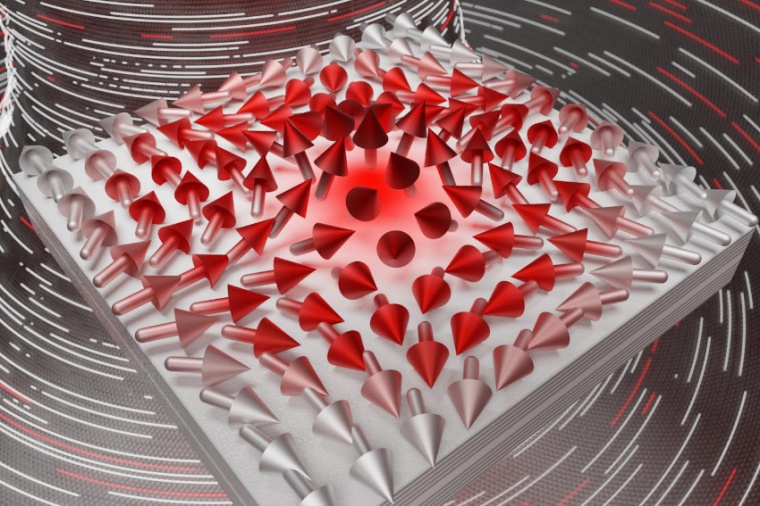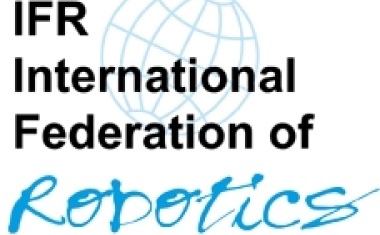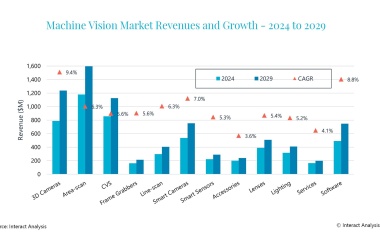Light pretending to be a ferromagnet
An optical cavity filled with a liquid crystal enables to investigate exotic states of polarization of light.
Scientists from the University of Warsaw have demonstrated how to structure light such that its polarization behaves like a collective of spins in a ferromagnet forming half-skyrmion, the merons. To achieve this the light was trapped in a thin liquid crystal layer between two nearly perfect mirrors. Skyrmions in general are found, e.g., as elementary excitations of magnetization in a two-dimensional ferromagnet but do not naturally appear in electromagnetic fields.

In magnetism, the elementary excitations in a two-dimensional magnetization vector field have the form of skyrmions. Going clockwise around the center of such a vortex, we can observe, that the vectors attached to subsequent points on our path can rotate once or many times, clockwise or anticlockwise. Skyrmions and half-skyrmions (merons) of various vorticities can be found in such different physical systems as nuclear matter, Bose-Einstein condensates or thin magnetic layers. They are also used in the description of the quantum Hall effect, cyclones, anticyclones and tornadoes. Especially interesting are experimental setups, in which one can create various vector fields on demand and investigate the interactions of their excitations.
Scientists from University of Warsaw, Military University of Technology, University of Southampton, Skolkovo Institute in Moscow, and Institute of Physics PAS have demonstrated how to structure light such that its polarization behaves like a half-skyrmion (meron). To achieve this the light has been trapped in a thin liquid crystal layer between two nearly perfect mirrors, an optical cavity. By controlling the polarization of incident light and the orientation of the liquid crystal molecules they were able to observe first-order and second-order merons and anti-merons.
A relatively simple optical cavity filled with a liquid crystal enables the scientists to create and investigate exotic states of polarization of light. The device can potentially allow to test the behavior of these excitations – annihilation, attraction or repulsion of skyrmions and merons – on an optical table when combined with more exotic optically responsive materials. Recognizing the nature of the interaction between these objects can help understand the physics of more complex systems, requiring more sophisticated experimental methods. (Source: U. Warsaw)
Link: Polariton Laboratory, Faculty of Physics, University of Warsaw, Warsaw, Poland











